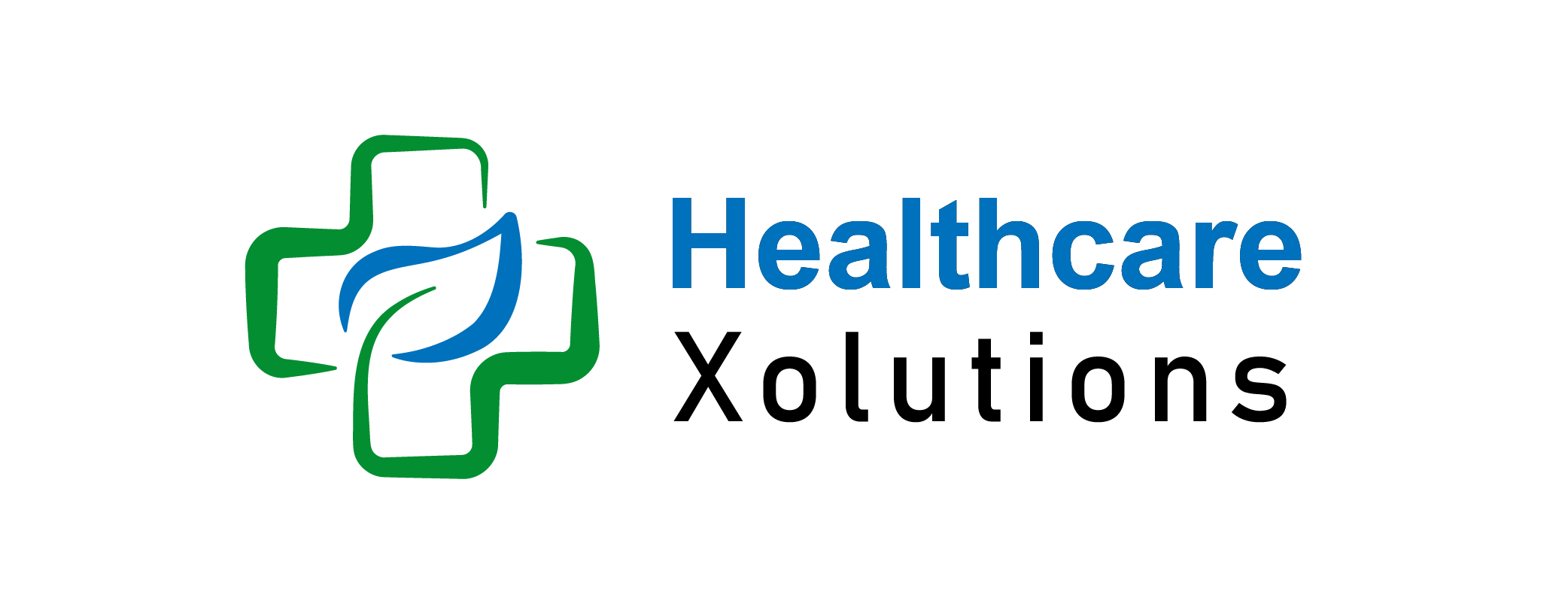How To Choose The Best Medicare Plan For Your Family?

Selecting the right Medicare plan for your family is a crucial decision that impacts healthcare coverage and overall costs. With various plans available, understanding which one aligns with your family’s unique medical needs can be overwhelming.
This article simplifies the Medicare selection process by outlining essential factors, comparing costs, and providing actionable steps to help you make the best choice. Whether you’re new to Medicare or considering switching plans, this comprehensive guide ensures you find a plan that provides the right coverage at an affordable price.
Key Takeaways:
- Assess your family’s healthcare needs before selecting a plan.
- Compare Medicare plan costs, including premiums, deductibles, and copayments.
- Ensure your preferred doctors and hospitals accept the plan.
- Check if prescription medications are covered.
- Consider extra benefits like vision, dental, and fitness programs.
- Review Medicare star ratings to select a reputable plan.
- Be mindful of enrollment deadlines to avoid penalties.
Table of Contents
Understanding Medicare Plan Options:
Medicare consists of several parts, each catering to different healthcare needs:
- Medicare Part A: Covers hospital stays, skilled nursing care, and hospice care.
- Medicare Part B: Covers outpatient services, doctor visits, preventive care, and medical supplies.
- Medicare Part C (Medicare Advantage): A bundled alternative to Original Medicare, offered by private insurers, often including vision, dental, and prescription drug coverage.
- Medicare Part D: Provides prescription drug coverage.
For additional coverage, you may also consider Medicare Supplement Insurance (Medigap) to help cover out-of-pocket expenses not included in Original Medicare.
Steps To Choosing the Best Medicare Plan For Your Family:
1. Assess Your Family’s Healthcare Needs:
Start by evaluating your family members’ medical requirements:
- Do you or your spouse require frequent doctor visits or specialist care?
- Do you take prescription medications regularly?
- Do you need coverage for specific treatments, therapies, or surgeries?
- Do you travel frequently and require nationwide or international coverage?
2. Compare Costs and Budget:
Medicare plans vary in pricing, including:
- Premiums (monthly payments)
- Deductibles (amount paid before coverage starts)
- Copayments & Coinsurance (out-of-pocket expenses per visit/service)
Original Medicare typically has lower premiums but higher out-of-pocket costs, while Medicare Advantage plans may offer more benefits with lower out-of-pocket expenses.
3. Check Provider Networks:
Ensure your preferred doctors accept the plan you choose.
- Medicare Advantage plans often have network restrictions, meaning you may need to use in-network doctors for full coverage.
4. Evaluate Prescription Drug Coverage:
- Compare Medicare Part D plans or Medicare Advantage plans that include drug coverage.
- Use Medicare’s Plan Finder Tool to check if your prescriptions are covered.
5. Consider Additional Benefits:
Medicare Advantage plans often provide extra benefits not covered by Original Medicare, such as:
- Dental & Vision Coverage
- Hearing Aids & Exams
- Fitness Programs (e.g., Silver Sneakers)
- Transportation Assistance
If these benefits are important to your family, a Medicare Advantage plan may be a better fit.
6. Review Star Ratings and Customer Feedback:
Medicare assigns star ratings (1 to 5 stars) based on:
- Customer Satisfaction
- Coverage Quality
- Accessibility to Healthcare Services
Choosing a highly rated plan ensures better service and fewer claim issues.
7. Understand Enrollment Periods:
To avoid late penalties and ensure seamless coverage, be aware of these key enrollment periods:
- Initial Enrollment Period (IEP): When you first become eligible (typically at age 65).
- Medicare Open Enrollment (Oct 15 – Dec 7): Allows you to switch or change plans.
- Medicare Advantage Open Enrollment (Jan 1 – Mar 31): For Medicare Advantage plan changes.
Conclusion:
Selecting the best Medicare plan for your family involves comparing coverage options, costs, and benefits. By assessing healthcare needs, reviewing provider networks, and understanding enrollment periods, you can make an informed decision that ensures comprehensive coverage at an affordable price.
FAQs:
Can my whole family be covered under one Medicare plan?
No, Medicare is an individual plan. Each family member must enroll separately in their own Medicare coverage.
Can I switch Medicare plans if my needs change?
Yes, you can change your plan during Medicare Open Enrollment (October 15 – December 7) or Medicare Advantage Open Enrollment (January 1 – March 31).
How do I find the best Medicare plan for my budget?
Use Medicare’s Plan Finder Tool to compare costs, coverage, and provider networks.
Will Medicare cover my prescription drugs?
Medicare Part D covers prescription drugs, but coverage varies by plan. Check your plan’s formulary (list of covered drugs) to ensure your medications are included.
